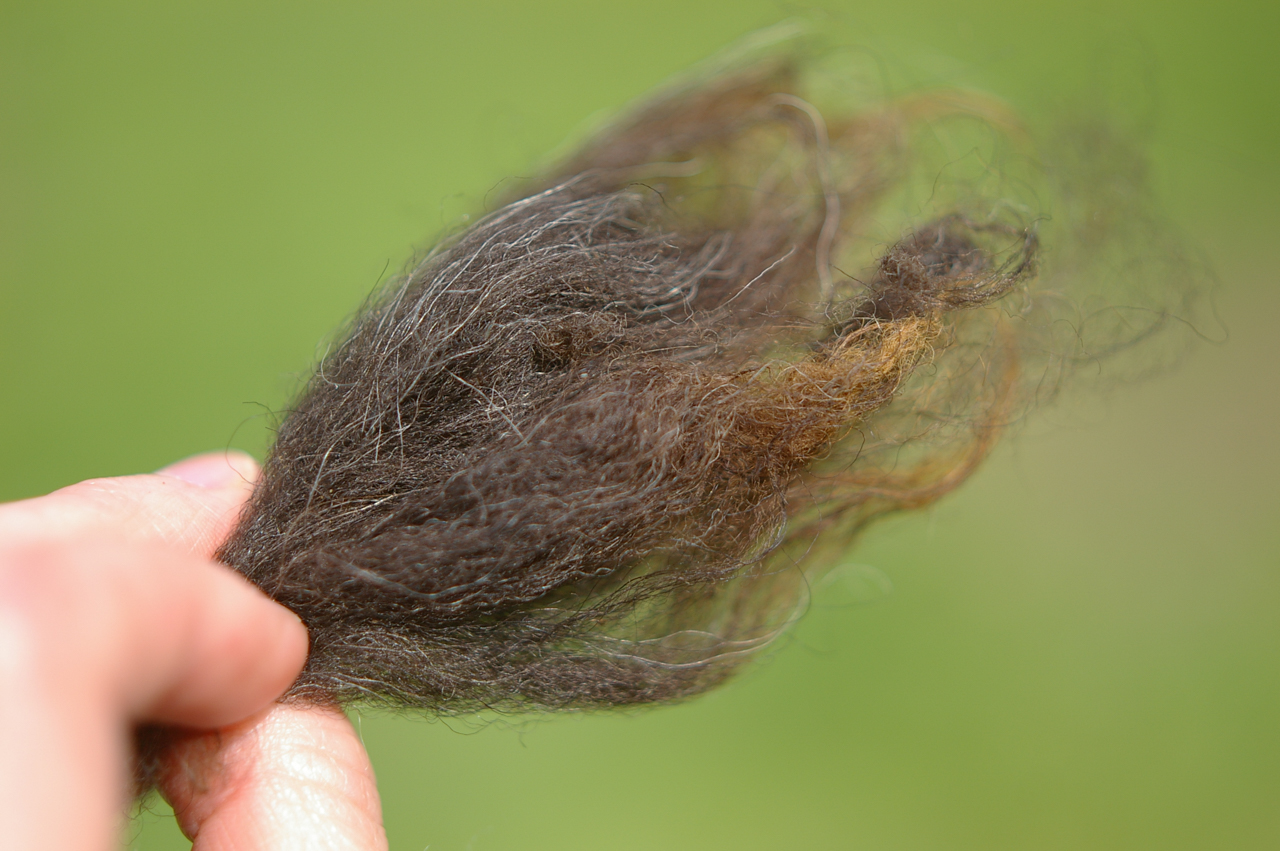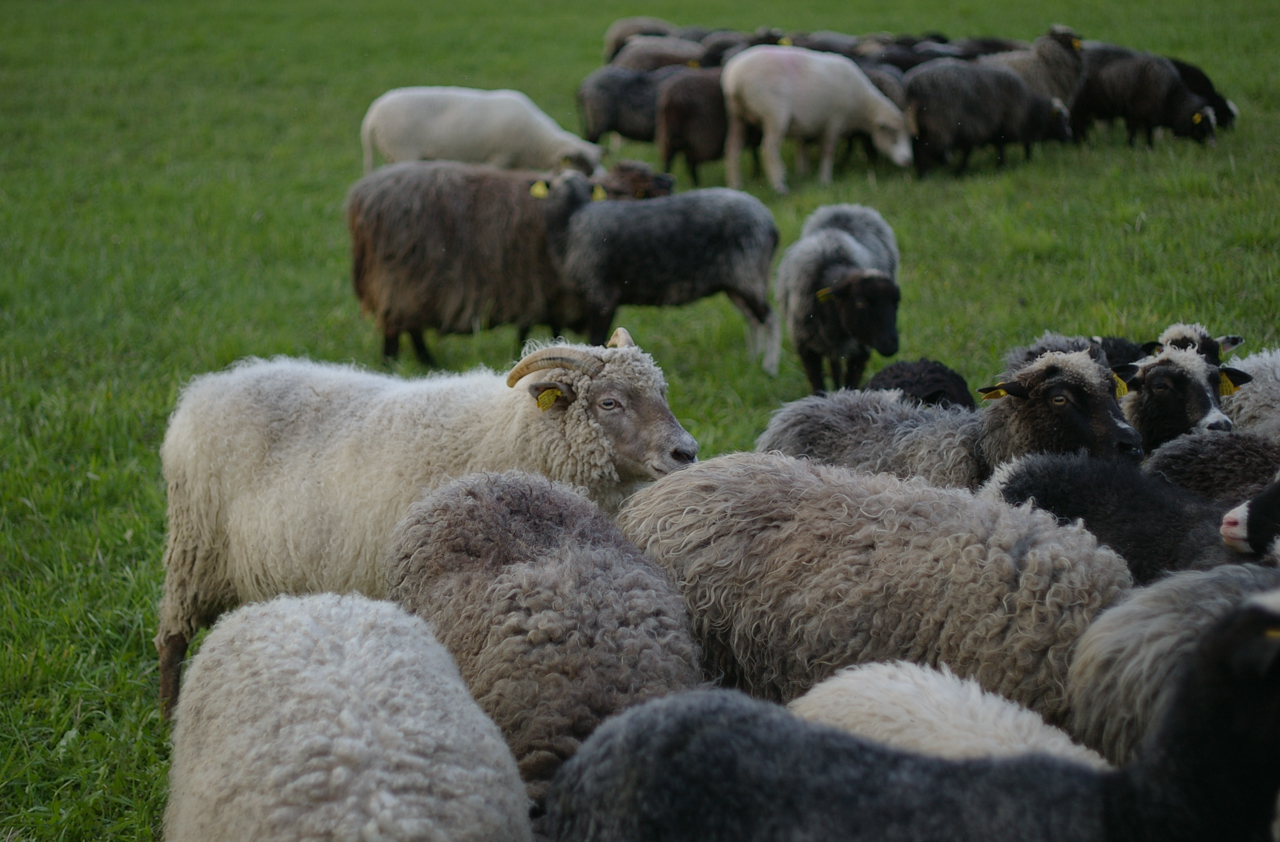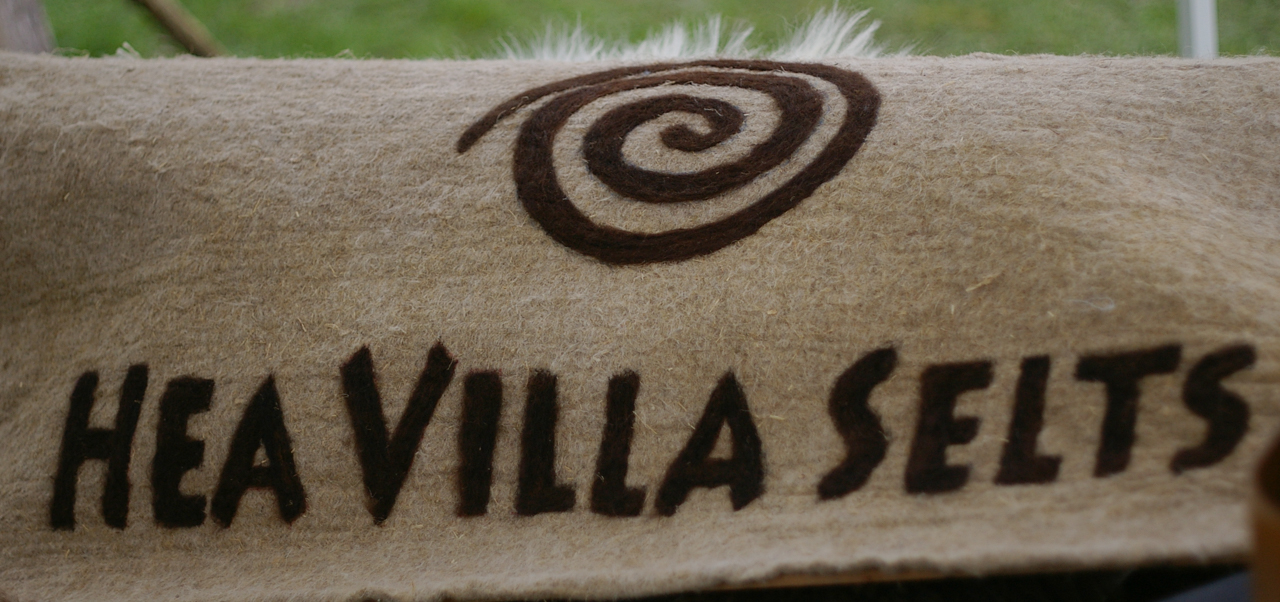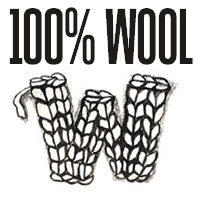
For Wovember Words today we are in Estonia! When team Wovember member Felix traveled there in 2012 for a residency, she discovered the wondrous organisation Hea Villa Selts (Facebook link) which translates loosely as The Good Wool Society. This is a coalition of shepherds and wool-workers working to understand and teach the best ways to process wool, and to raise the quality of wool grown in Estonia through cooperation, breeding, and the development of special flocks of sheep. One such flock is the one at Joel and Julika’s farm – Jaani Talu – sheep from which appear at the top of this post! Jaani Talu has a wondrous flock of Finull sheep; Swedish Finewool sheep, Finnsheep, Åland sheep and Estonian Native sheep. We will talk about some of those other breeds elsewhere during Wovember but, for now, we have a guest post from our Estonian correspondent Kata about the last one in that list: Estonian Native sheep.
The word for native sheep is maalammas hence there is the Eesti maalammas (Estonian Native sheep), Kihnu maalammas (Kihnu Native sheep), and so forth; the Estonian word for wool is vill.

The Estonian Native sheep are one of the Northern European short-tailed sheep breeds – they are rather small, resilient, and well adapted to their local environment. They have a dual coated fleece with stronger guard hairs and a softer under layer. The wool varies quite a bit within a fleece and between individual sheep. The Estonian Native sheep have both white and coloured fleeces, just as with other primitive breeds. [You can see the mix of guard hairs and the soft under layer in this photo].

It is more than probable that each region throughout Estonia once had its own slightly different strain of sheep, but these have generally been lost or supplanted with imported breeds except for at the peripheries, where a combination of geographic isolation and local enthusiasm have kept small flocks going. The islands off the coast of Estonia have been important in this respect and Imbi and Taavi Jäetma’s flock of about 100 ewes for example includes native sheep collected from the islands of Hiiumaa, Saaremaa, Ruhnu, and Kihnu, in addition to a strain collected from Viru county. The Estonian Native sheep is not currently recognised as an official breed.
However, at the start of 2016, the Kihnu Native sheep was granted an official breed status – but as an entirely new breed, not as a native or endangered breed. This work to gain official breed recognition for the Kihnu Native sheep has been spearheaded by vet and shepherd, Anneli Ärmpalu-Idvand.

Since, currently, none of the Estonian Native sheep has gained endangered or heritage status, shepherds maintaining and trying to preserve the breed overall and the different strains within it receive no additional support for their work. The best way to directly support shepherds working with Estonian Native sheep is to buy products directly from them thus funding the continuation of these flocks.
Links:
www.maalammas.ee
www.lahemaalammas.ee
www.kihnumaalammas.eu
www.lambatalu.eu
www.hallivilla.ee
www.katrinkabun.com/

Many thanks to our Estonian correspondent Kata for helping explain these two special Estonian sheep breeds to us here. Kata blogs at https://katakoob.wordpress.com/ about mending, knitting, sewing and traditional Estonian textiles and has written for Wovember before. She also assisted with the translation of the recently published tome, Estonian Knitting 1: Traditions and Techniques, (video review here, review by Kate Davies here) which gives a rich insight to wool and its role in traditional Estonian textiles.
